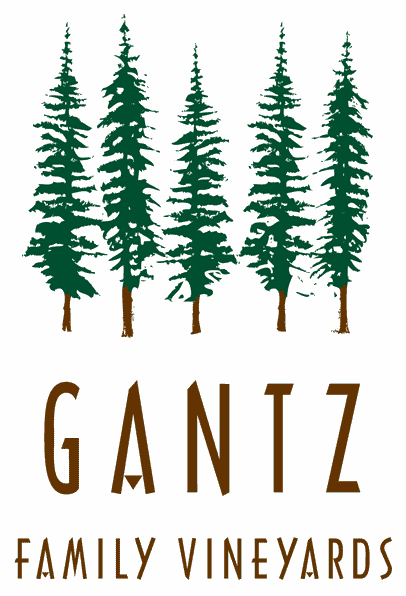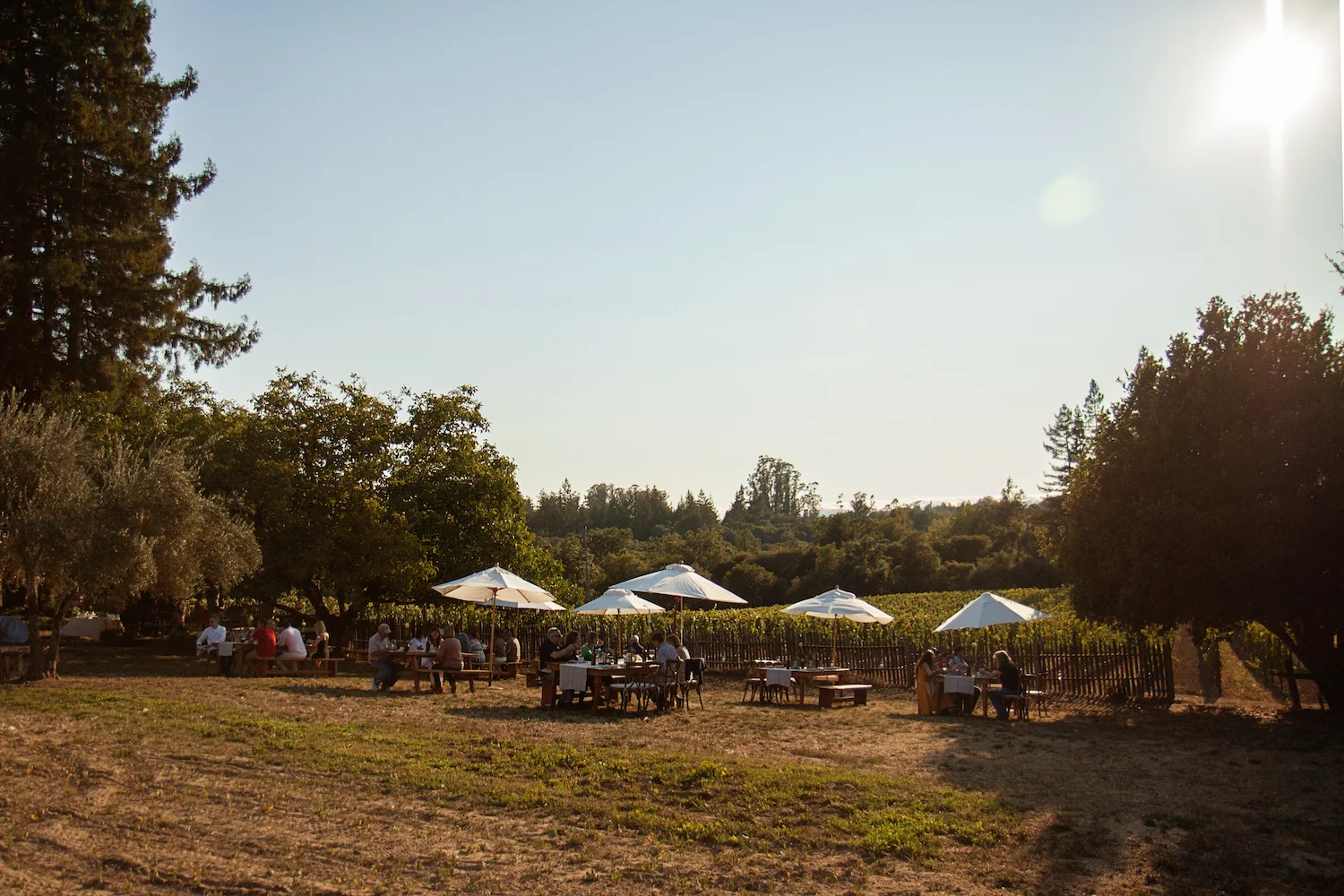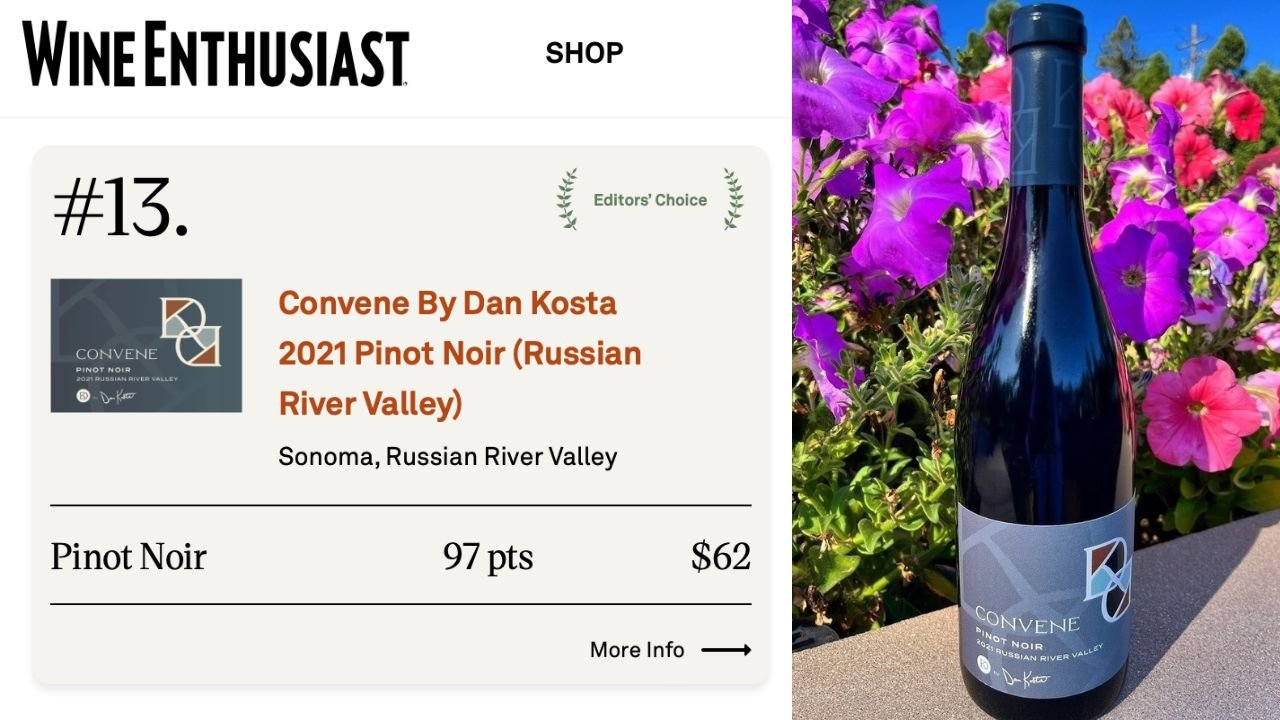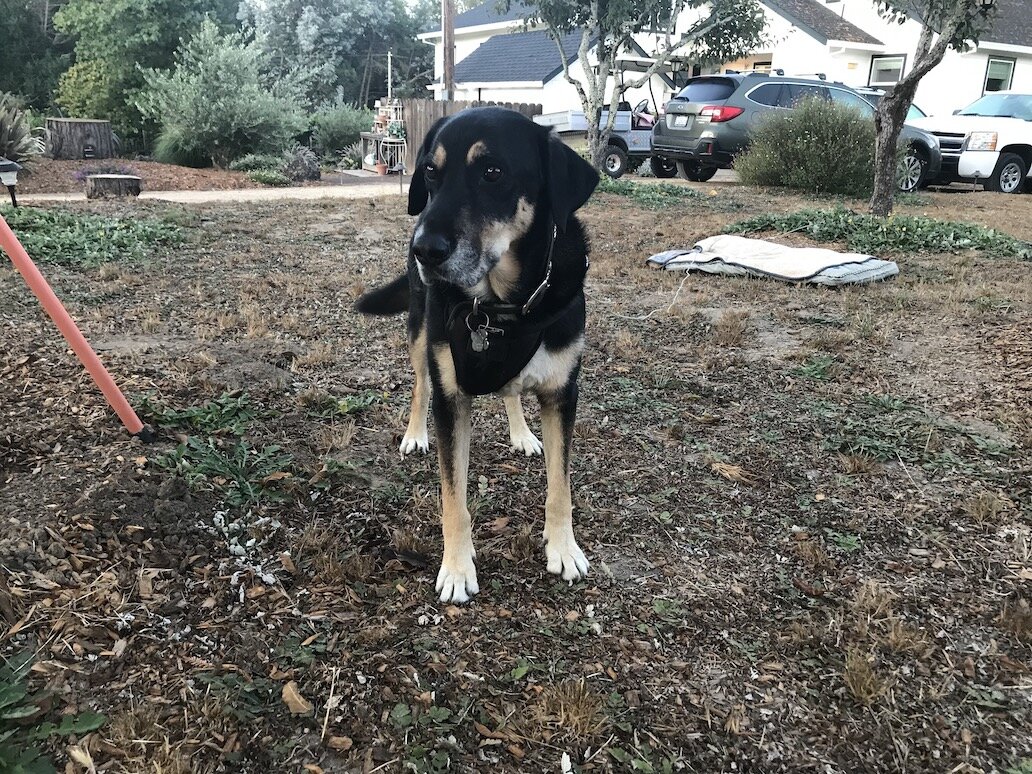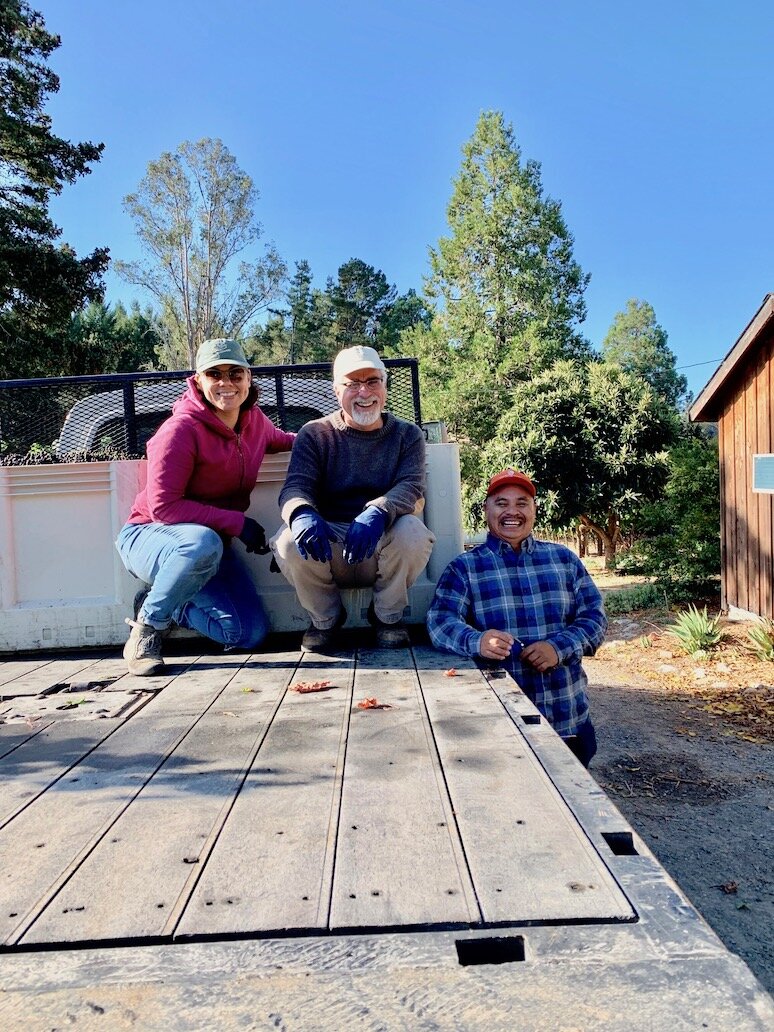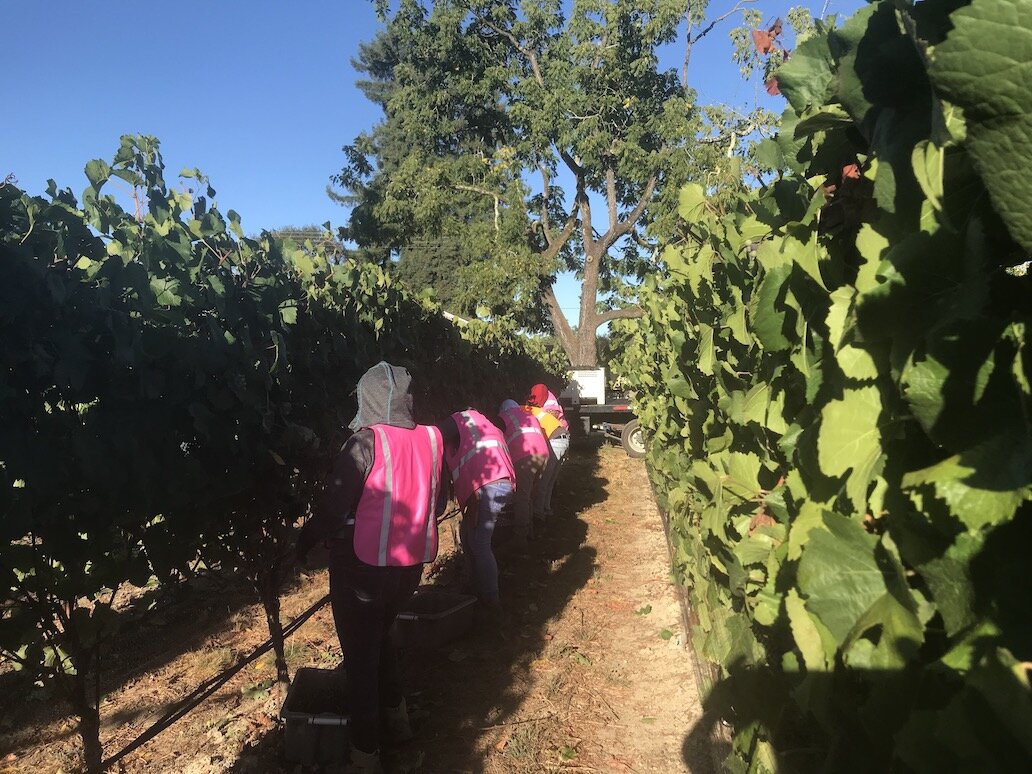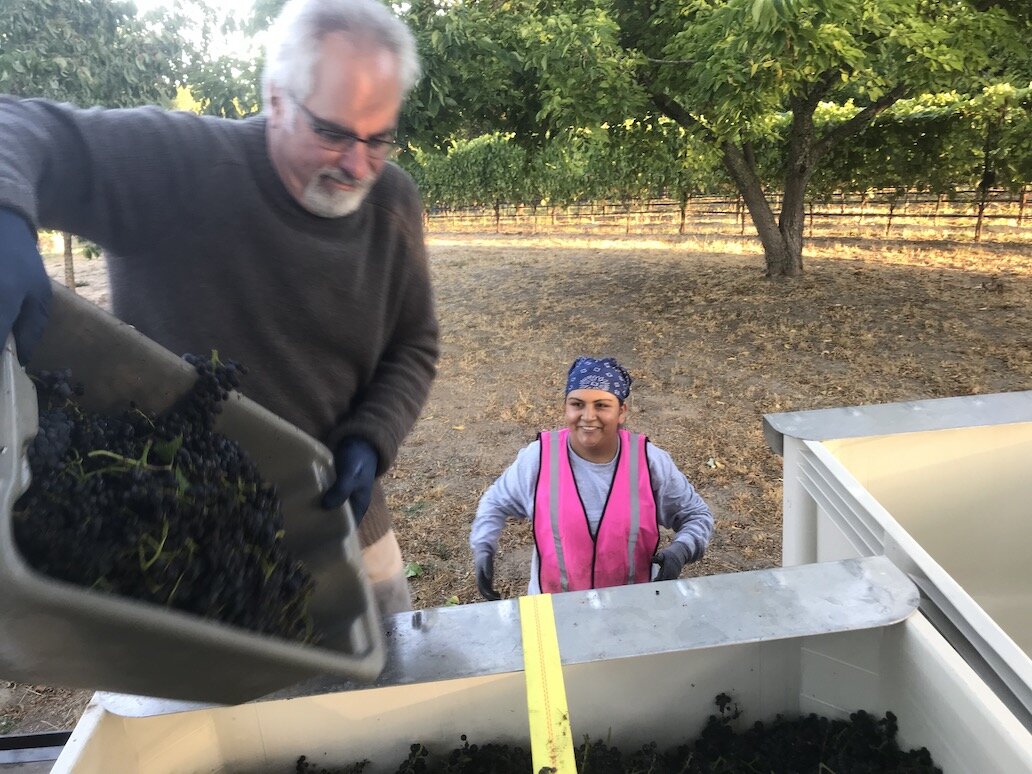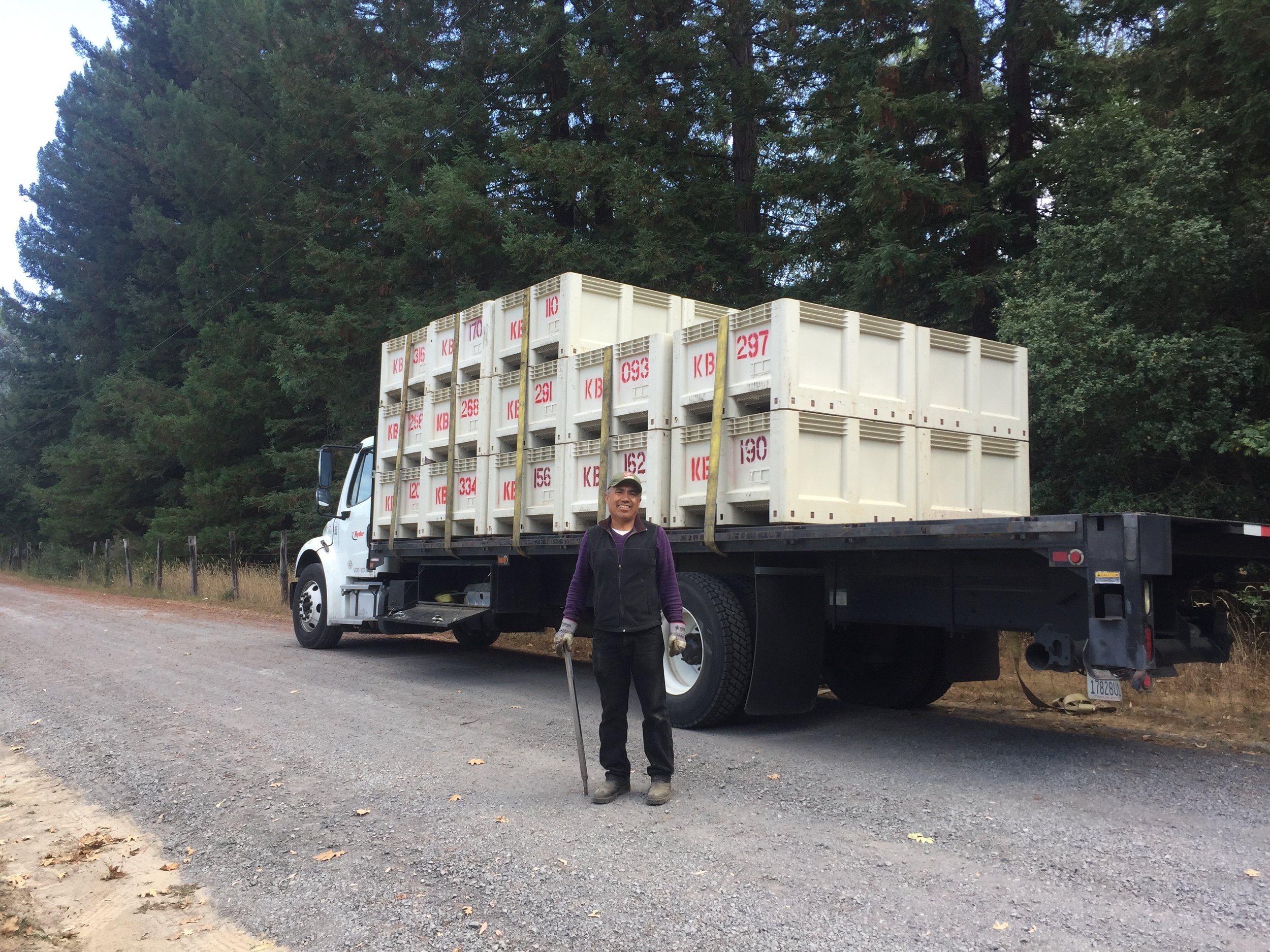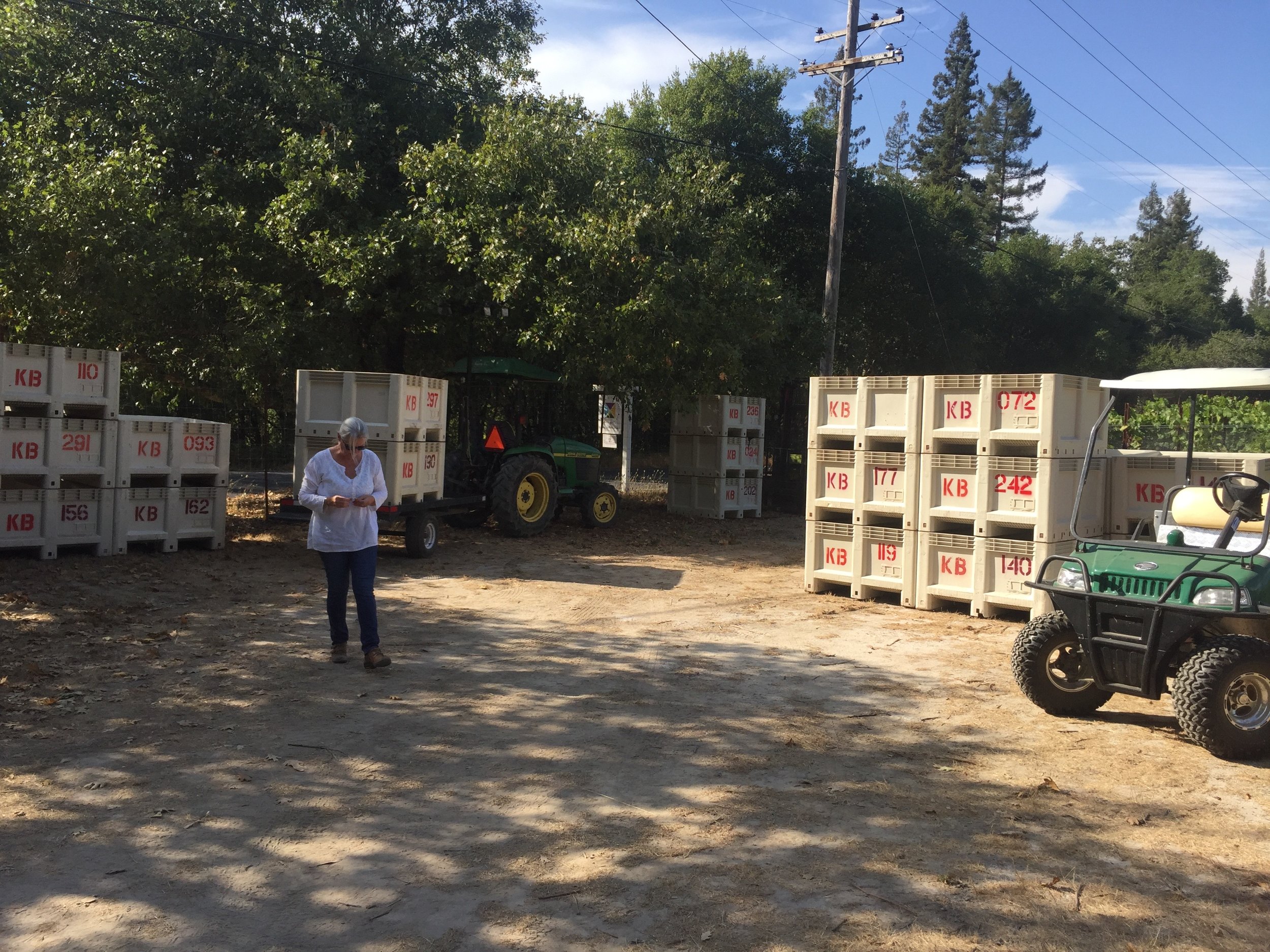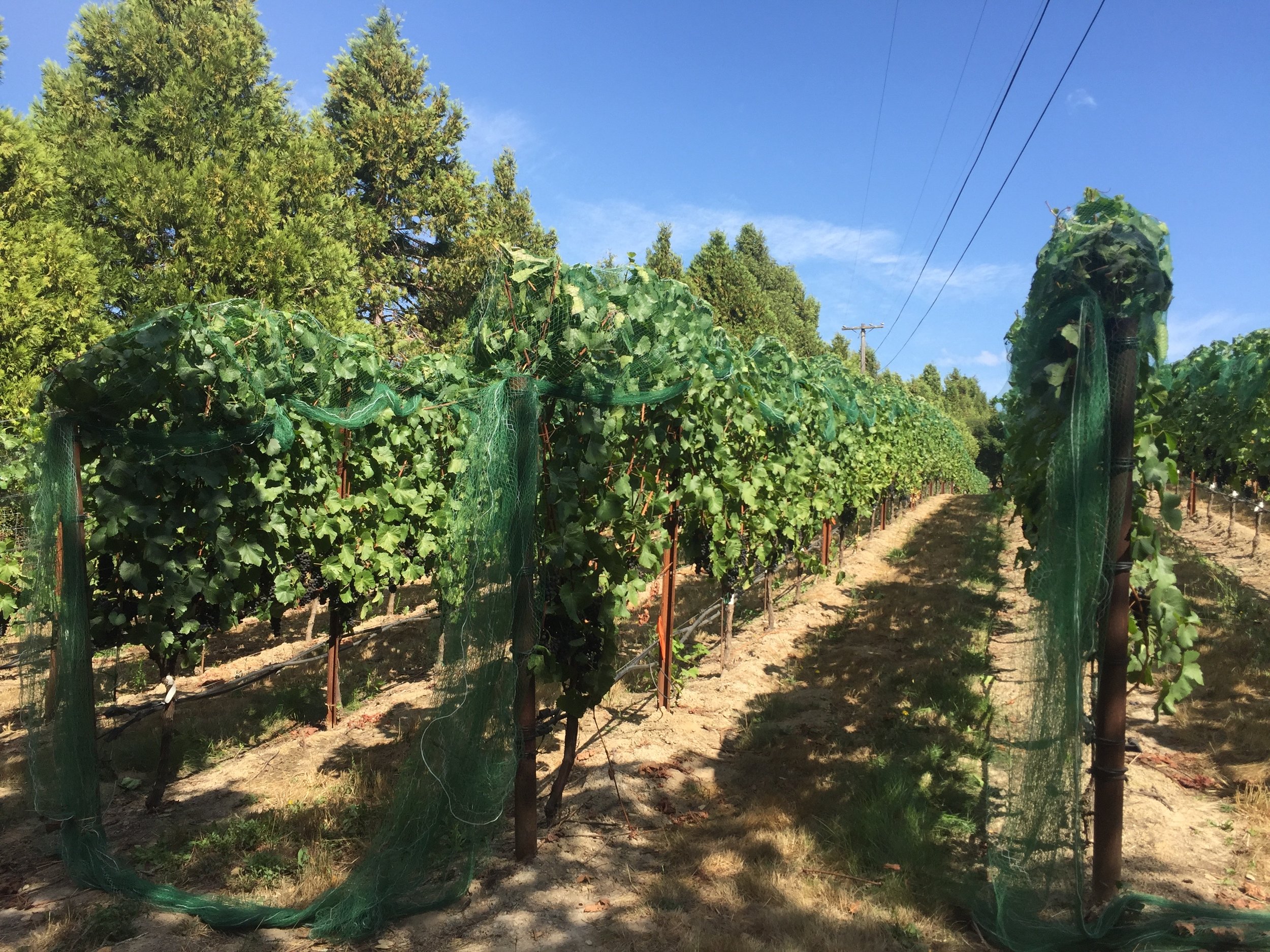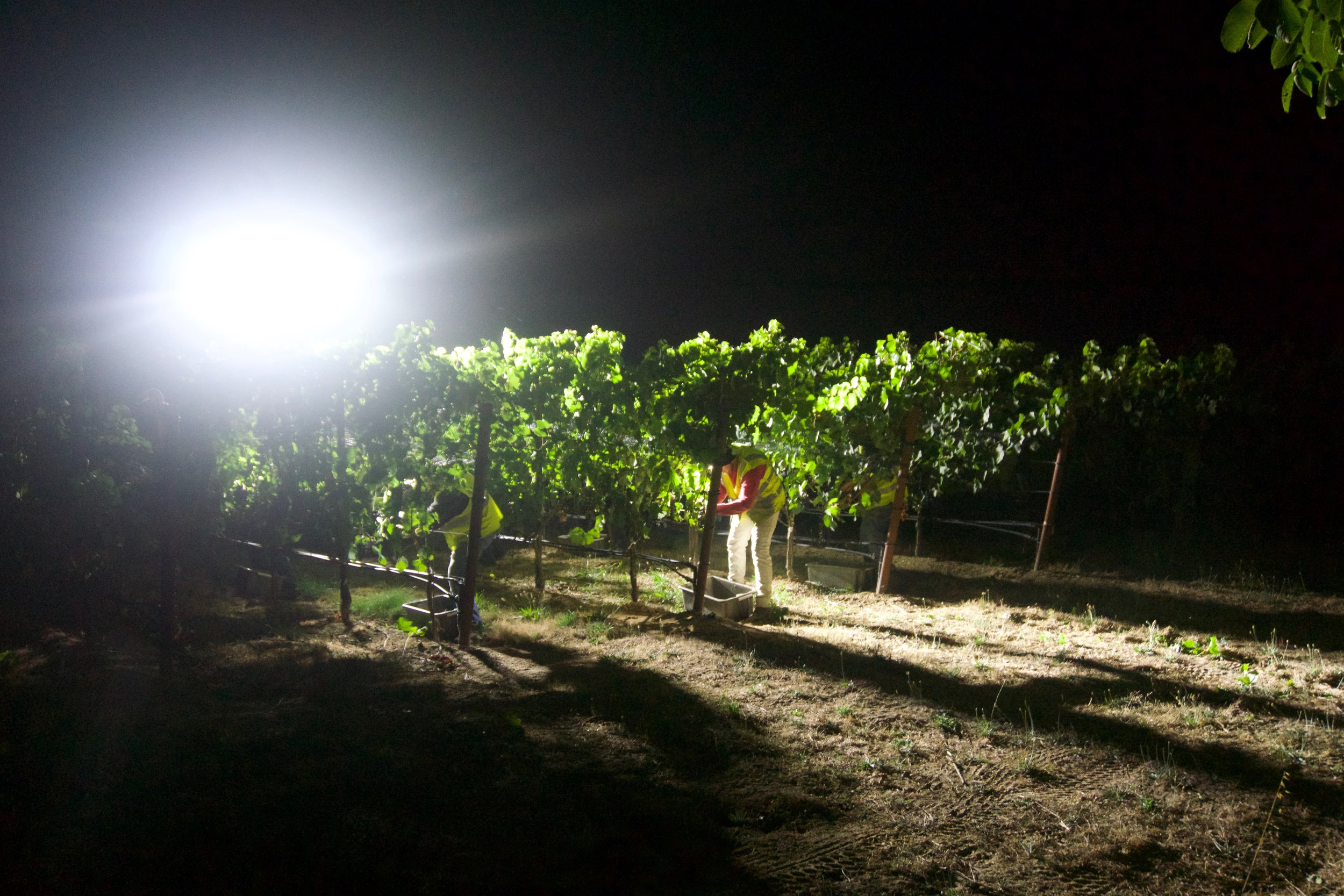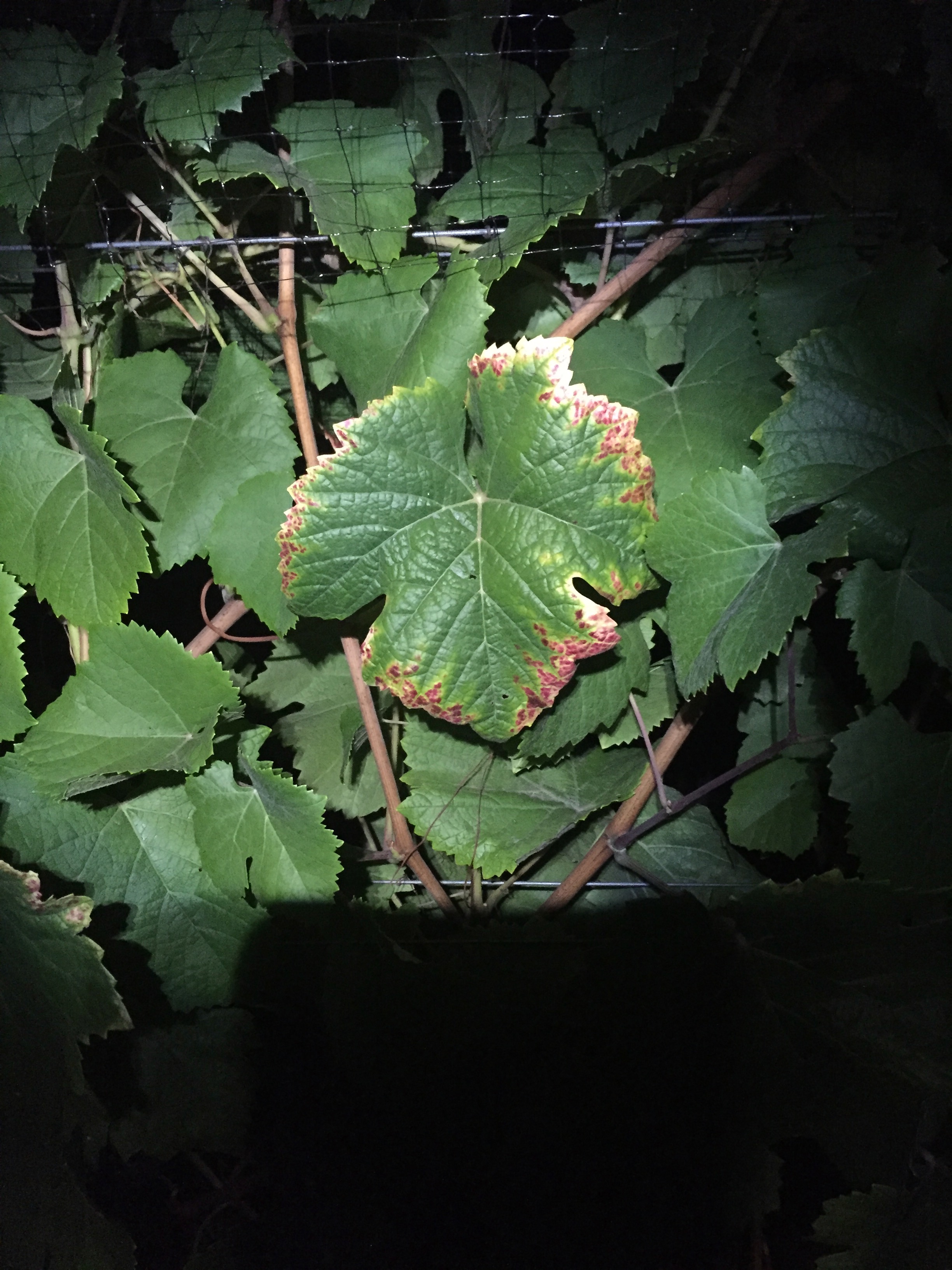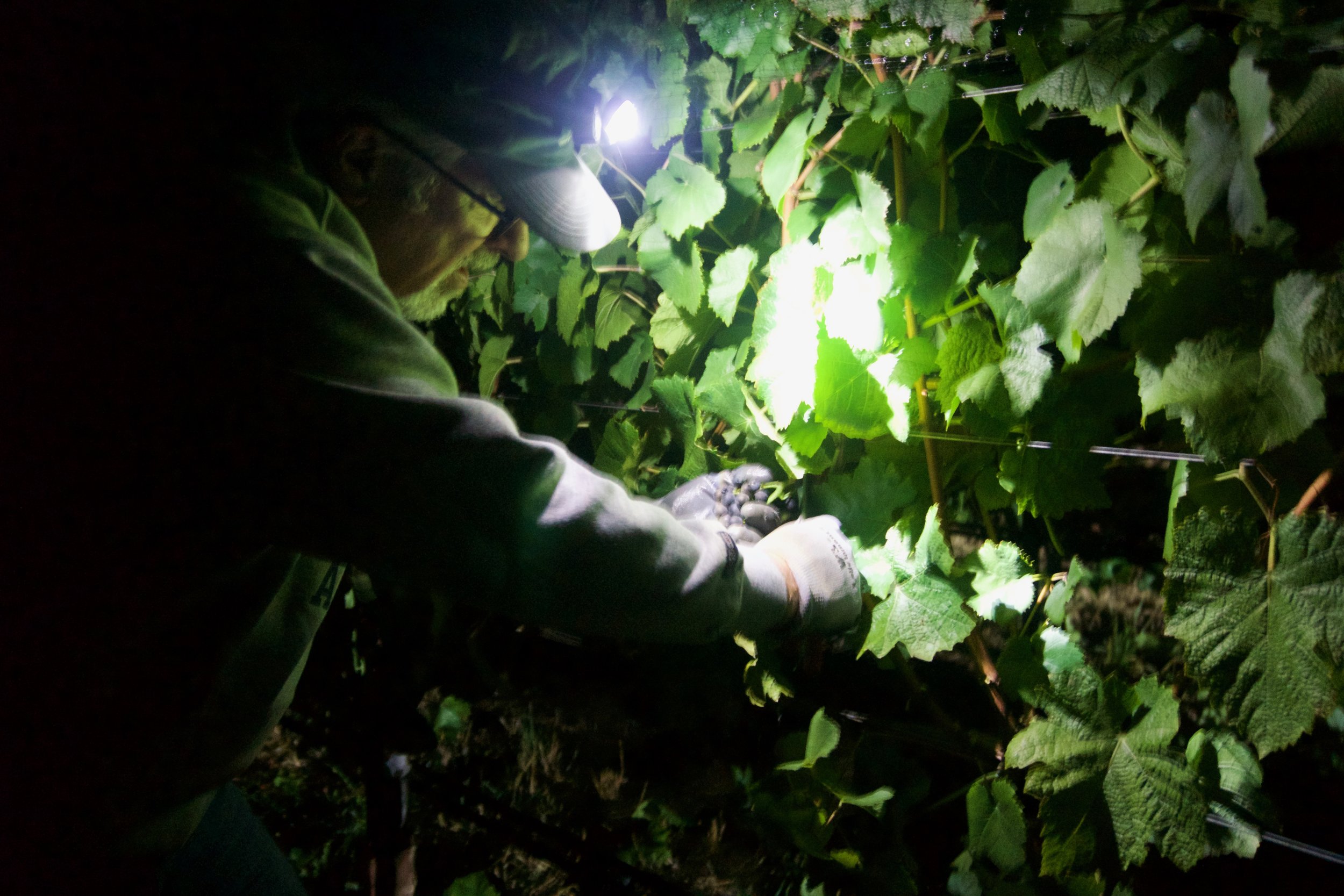Way back in 2021, we were fortunate enough to rejoin forces with Dan Kosta, of Kosta Browne fame, our first buyers. As the co-founder of Kosta Browne Winery, he is one of Sonoma’s most decorated vintners. Dan continues to show his commitment to crafting world-class Pinot Noir and Chardonnay from the world’s finest appellations in his latest wine endeavor, Convene by Dan Kosta.
His and winemaker Shane Finley’s efforts were proven when his 2021 Convene Pinot Noir from Russian River Valley—which includes fruit from Gantz Family Vineyards—was chosen by Wine Enthusiast as no. 13 of the Best Wines of 2023. The wine is absolutely luscious and shows off not only our fruit and the beauty of Russian River Valley Pinot Noir but also the talent of Shane, who has worked with Dan since the early days of Kosta Browne.
Dan was also able to put to use our problem child: our Calera Pinot Noir clone. It is eminently popular but incredibly fussy, so in 2022, we converted our fields of Calera to a beautiful Mt. Eden Chardonnay. The heavy frost the RRV got hit with in 2022 unfortunately reduced the amount of fruit we could give to Dan. But the Calera went out on a high note: It was selected for inclusion in Dan’s DK-Grail bottling which, as we understand it, represents the best four barrels of Pinot Noir from the vintage.
The switch-over cost us a year in crop yields for half our vineyard, but we are excited to say that in 2023, the new Chardonnay plants are acting like they’ve lived here forever! We’re expecting great things from the new kids on the block. The 2023 harvest was late but bountiful, thanks to the massive amounts of rain and the frost protection system we’ve installed.
So here we are, beginning 2024 and making plans with Shane and our talented, hardworking vineyard manager, Jim Pratt of Cornerstone Vineyard Management, for another great, hopefully award-winning year. We simply could not have done all this without Jim and his hardworking, amazing managers, supervisors, and crews.
Dan Kosta with Celeste and Clay Gantz at Gantz Family Vineyards
